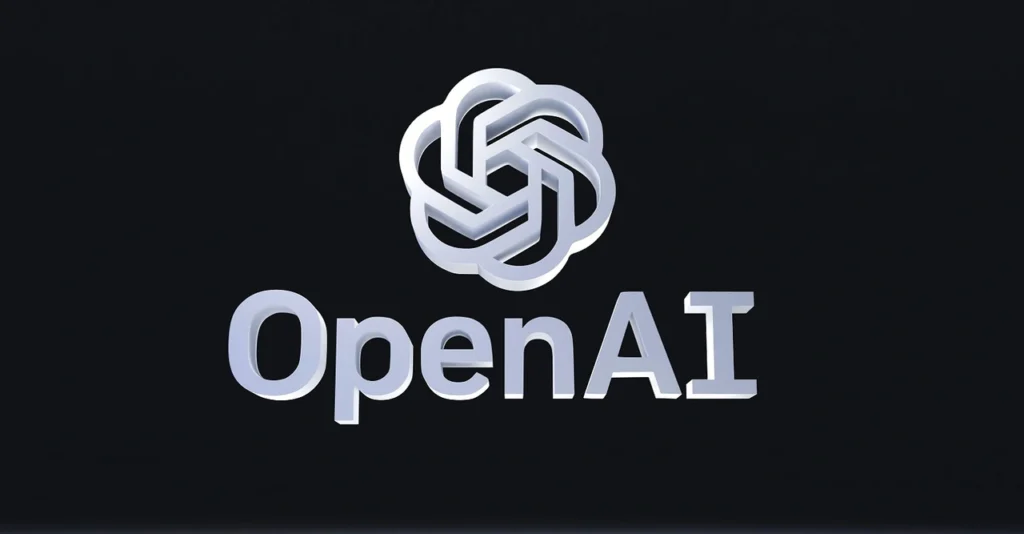Best Generative AI APIs in 2025
The rapidly advancing field of Generative AI has given rise to a variety of powerful Application Programming Interfaces (APIs) that enable developers to integrate sophisticated machine learning models into their applications. These APIs help generate human-like text, images, and more, impacting sectors such as content creation, customer service, and data analysis. Here’s a detailed exploration of some of the best Generative AI APIs available in 2025, their features, and their applications.

1. OpenAI‘s Responses API
In 2025, OpenAI introduced the Responses API, which serves as an advanced tool to build AI agents capable of handling complex tasks autonomously. Key features include:
- Real-time web search integration allowing agents to fetch up-to-date information.
- Computer operation abilities that let AI agents interact with system files and applications.
- Document search and extraction, which proves especially valuable for industries like legal and customer service.
This API continues to evolve, with OpenAI moving towards a more generalized, interactive approach that blends reasoning with search functionality.
2. Mistral AI’s Open-Source Models
Mistral AI distinguishes itself with its open-source models, which are designed to foster community collaboration. By leveraging the open-source model, Mistral allows developers to access powerful AI tools without facing significant financial barriers. These models are optimized for a variety of tasks, from natural language understanding to complex image processing.
3. Amazon’s Nova AI Model
Amazon’s Nova AI model, set for release in 2025, promises to enhance both speed and reasoning capabilities. Key attributes of Nova include:
- Superior cost efficiency compared to other leading models such as OpenAI’s and Anthropic’s systems.
- Speed and complex reasoning, making it suitable for tasks requiring both real-time processing and detailed analysis.
Nova’s development signals Amazon’s push to establish itself as a competitive force in the AI space, offering scalable solutions across industries.
4. OpenAI’s o3 Model
OpenAI’s o3 model is a step forward in enhancing AI’s logical reasoning capabilities. The model performs well in tasks requiring deep, step-by-step logical processes and higher-order reasoning. Key features include:
- Improved performance in coding, mathematics, and science.
- More efficient and reliable outputs when compared to previous models, such as the o2 and o1 variants.
The o3 model stands as one of OpenAI’s flagship tools, advancing its technology toward even more complex problem-solving capacities.
5. Mistral AI‘s Pixtral Large
Mistral’s Pixtral Large is an upgraded version of the Pixtral 12B, released in 2024. This AI model features:
- Visual understanding integrated with a 1-billion-parameter visual encoder.
- Extended context handling, which allows for more accurate and coherent responses even in long-form text generation.
This model is designed to process both visual and textual inputs, making it suitable for applications that require multimodal processing.
6. OpenAI’s Deep Research Service
In 2025, OpenAI launched the Deep Research service, which uses the o3 model to generate comprehensive research reports in a short amount of time. This service is equipped with:
- Advanced reasoning combined with real-time web search to generate timely and data-driven reports.
- Rapid report generation to meet the needs of market analysts and researchers.
The Deep Research service is designed to enhance productivity by automating the generation of complex analyses in minutes.
7. Anthropic’s Claude AI
Anthropic’s Claude AI model emphasizes ethical AI use, designed to prioritize safety and minimize harmful content. Despite its ethical focus, Claude offers high performance in natural language processing tasks. Key aspects include:
- Ethical guidelines for AI behavior, ensuring AI systems are aligned with societal norms.
- High performance for content generation, question answering, and more.
Claude is an example of how AI companies are balancing performance with safety, ensuring their models are both powerful and ethical.
8. DeepSeek’s R1 Model
DeepSeek’s R1 model focuses on advanced problem-solving abilities and complex decision-making tasks. While there is limited public documentation available, the R1 model is reportedly aimed at industries that require high-level cognitive abilities, such as finance and strategic planning.
Related topics Which Generative AI APIs Are Free?
Conclusion
As of 2025, the generative AI space is rapidly growing, with numerous powerful tools emerging from both established companies like OpenAI and Amazon, as well as newcomers like Mistral AI. These APIs are revolutionizing how businesses approach AI by offering more specialized models tailored for various use cases—from reasoning and problem-solving to natural language understanding and visual content creation.
FAQs
What is Generative AI?
Generative AI refers to algorithms capable of creating new content, such as text, images, music, and more, based on input data. These models learn patterns in data and generate outputs that resemble human-created content.
What makes Mistral AI’s models stand out?
Mistral AI’s emphasis on open-source development allows for broader accessibility, making their tools especially popular among startups and independent developers. Their models are also optimized for both visual and text-based applications.
How does Amazon’s Nova model compare to other APIs?
Nova’s key differentiator is its balance between speed and complex reasoning capabilities. Unlike some other models that excel in one area, Nova provides quick yet sophisticated analyses, making it a versatile tool for time-sensitive industries.
What ethical concerns are associated with Generative AI models?
Ethical concerns primarily revolve around the potential for AI to generate harmful or biased content. Models like Claude from Anthropic aim to address these concerns by incorporating safety mechanisms to ensure AI outputs are aligned with ethical guidelines and societal norms.



